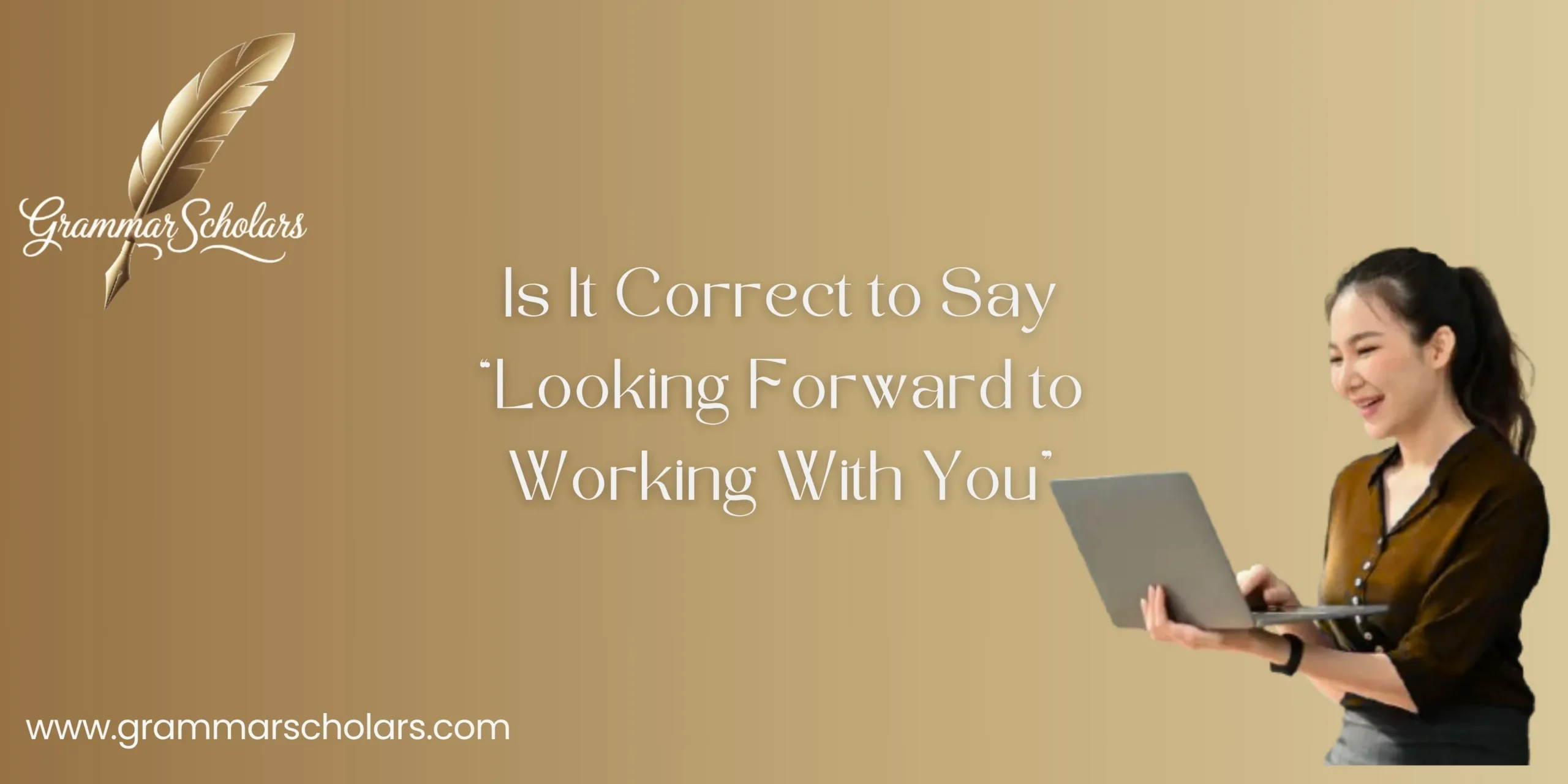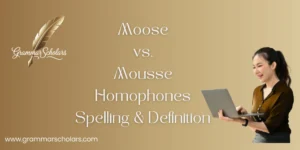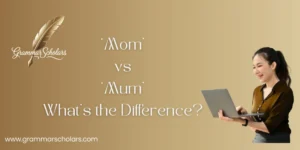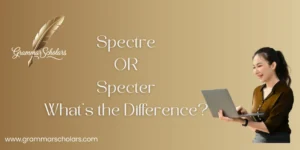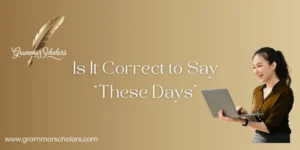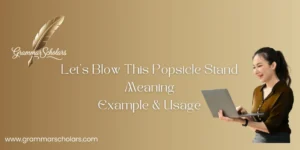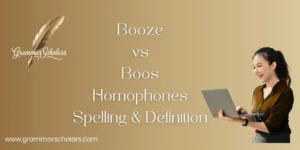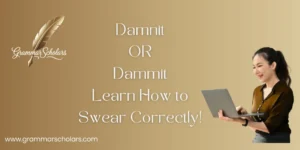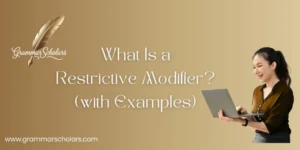In professional communication, I frequently see the phrase “Looking forward to working with you” in emails and business correspondence. It’s a commonly used expression, but many never consider its grammatical correctness or appropriateness, even though it appears in both casual and formal contexts. As someone who teaches business writing, I’ve answered countless questions about whether it’s proper. This article delves into the phrase’s contextual usage, examining how it can express both enthusiasm and anticipation while keeping your message polished and clear. When used correctly, it maintains warmth without losing professionalism or the right tone.
Grammatically, the structure of the phrase matters. On its own, without a subject, it may sound a bit informal, like an afterthought.
For a stronger impact and clarity, it’s better as part of a full sentence: “I am looking forward to working with you.” That’s why I always suggest suitable alternatives like “eager to collaborate” or “ready to begin our partnership.” These phrases elevate the professional feel and suit both fresh introductions and ongoing threads. In the end, what matters most is your awareness of tone, audience, and how your language supports your intent.
Is “Looking Forward to Working With You” Grammatically Correct?
Yes, the phrase “Looking forward to working with you” is grammatically correct. It is a shortened form of “I am looking forward to working with you,” where the subject “I am” is implied. This construction is acceptable in informal contexts, such as emails or casual conversations.
The key grammatical point lies in the use of the gerund “working” after the preposition “to.” In this context, “to” is a preposition, not part of an infinitive verb. Therefore, it must be followed by a noun or a gerund (a verb ending in -ing that functions as a noun). Using the base form “work” would be incorrect.
Correct:
- I am looking forward to working with you.
Incorrect:
- I am looking forward to working with you.
Understanding the Grammar: “Looking Forward to” + Gerund.
The phrase “looking forward to” is a phrasal verb that conveys anticipation or eagerness for a future event. When “to” functions as a preposition, it should be followed by a noun or a gerund.
Structure:
- Subject + [am/is/are] + looking forward to + [noun/gerund]
Examples:
- She is looking forward to the meeting.
- They are looking forward to traveling next month.
In the phrase “looking forward to working with you,” “working” is the gerund that serves as the object of the preposition “to.”
Contextual Appropriateness of the Phrase
“Looking forward to working with you” is suitable in various professional contexts, including:
- Job Applications: Expressing enthusiasm for a potential role.
- Business Correspondence: Indicating eagerness to collaborate with clients or partners.
- Team Introductions: Welcoming new colleagues or team members.
However, in highly formal documents, such as legal contracts or official reports, more formal language may be preferred.
Tone and Impression
The phrase conveys a positive and collaborative tone, reflecting enthusiasm and readiness to engage. It fosters goodwill and sets a constructive atmosphere for future interactions.
Positive Impressions:
- Demonstrates professionalism.
- Shows eagerness to collaborate.
- Builds rapport with the recipient.
Potential Pitfalls:
- Overuse may render the phrase cliché.
- Inappropriate in contexts requiring high formality.
Formality Spectrum
The phrase “Looking forward to working with you” strikes a balance between formality and friendliness. Its appropriateness varies depending on the context:
| Context | Appropriateness |
| Job Application Emails | Appropriate |
| Internal Team Communications | Appropriate |
| Legal Documents | Too informal |
| Academic Papers | Too informal |
Examples in Business Emails
Introducing Yourself to a New Team:
Dear Team,
I am excited to join the project and contribute to our shared goals.
Looking forward to working with you all.
Best regards,
[Your Name]
As a Sign-Off in a Business Letter:
Dear Mr. Smith,
Thank you for the opportunity to collaborate on this initiative.
Looking forward to working with you.
Sincerely,
[Your Name]
Alternatives to “Looking Forward to Working With You”
To avoid repetition and tailor your message to different contexts, consider these alternatives:
| Alternative Phrase | Tone | Suitable Contexts |
| I am eager to collaborate with you. | Professional | Formal business communications |
| Excited to start our partnership. | Enthusiastic | Startups, creative industries |
| Anticipating a successful collaboration. | Optimistic | Project kick-offs, proposals |
| I look forward to our joint efforts. | Collaborative | Team projects, partnerships |
| Eager to work alongside you. | Friendly | Internal team communications |
Enhancing Professional Relationships Through Language
The language used in professional communication significantly impacts relationship building. Expressing anticipation and enthusiasm fosters trust and collaboration.
Best Practices:
- Be sincere and specific in your expressions.
- Align your tone with the recipient’s expectations.
- Avoid overused phrases; personalize your message.
Crafting Effective Email Closings
An effective closing reinforces your message and leaves a positive impression.
Steps:
- Summarize Key Points: Reiterate the main purpose of your email.
- Express Anticipation: Use phrases like “Looking forward to your response.”
- Offer Assistance: Indicate your willingness to help or provide further information.
- Close Formally: Use appropriate sign-offs like “Best regards” or “Sincerely.”
Example:
Dear Ms. Johnson,
Thank you for considering our proposal.
Looking forward to your feedback.
Please let me know if you need any additional information.
Best regards,
[Your Name]
Related Grammar Tips
- “All Are Welcomed” vs “All Are Welcome”: “All are welcome” is correct; “welcome” functions as an adjective.
- “Also Has” or “Has Also”: Both are correct; placement depends on emphasis.
- “On Weekdays” vs. “In Weekdays”: “On weekdays” is the correct prepositional phrase.
- Nominative Case: Refers to the subject of a sentence; e.g., “She runs daily.”
- Comma Usage with “Especially”: Use a comma when “especially” introduces a non-essential clause.
- Mastering “To Have”: “Have” can function as an auxiliary or main verb; context determines usage.
Final Thoughts
“Looking forward to working with you” is more than just a polite phrase – it’s a strategic expression that blends courtesy, enthusiasm, and professionalism in one line. Used correctly, it not only conveys eagerness to collaborate but also helps set the tone for productive, respectful, and goal-oriented communication.
Its grammatical structure – particularly the use of a gerund after a preposition – is essential to get right. But beyond grammar, the real power of the phrase lies in its ability to build rapport, signal alignment, and strengthen professional relationships. It shows you’re engaged and invested in the outcome, which, in any field, is a strong place to start.
By understanding when and how to use this expression – and when to consider alternatives – you’ll enhance your writing, sharpen your tone, and communicate with greater confidence and clarity.
FAQs
Is it okay to say “Looking forward to working with you” in a formal email?
Yes. While slightly conversational, this phrase is commonly accepted in professional emails, especially in introductions, proposals, and project kick-offs. For extremely formal contexts, consider alternatives like “I look forward to our collaboration.”
Should I capitalize “Looking Forward to Working With You” in a subject line?
Capitalize it according to title case rules in subject lines or email headers:
Example: “Looking Forward to Working With You on the Upcoming Project.”
In sentence format, it should remain lowercase:
Example: “I’m looking forward to working with you.”
What are some common mistakes people make with this phrase?
- Using the infinitive form: “Looking forward to working with you.”
- Leaving it too vague in emails without context.
- Overusing it without variation, especially in longer correspondence chains.
Can this phrase be used at the end of an email?
Absolutely. It’s commonly used as a friendly, professional sign-off before your name.
Example:
Looking forward to working with you.
Best regards,
[Your Name]”
What’s a more enthusiastic alternative to “Looking forward to working with you”?
Depending on tone and context, try:
- “Excited to collaborate with you.”
- “Can’t wait to begin our partnership.”
- “Thrilled to join forces on this project.”
These add energy while still sounding professional.
